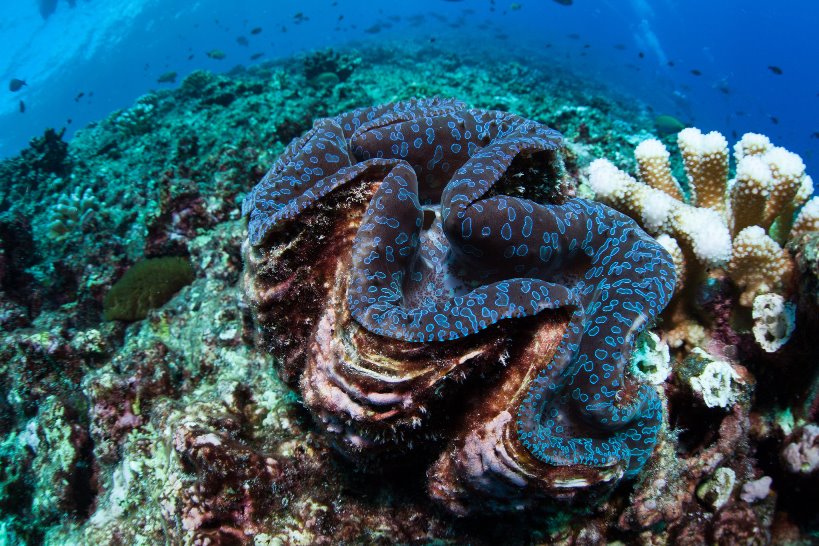In 2003, researchers declared the Coral Castles (in the Phoenix Islands of Kiribati) dead.
On the floor of a remote island lagoon halfway between Hawaii and Fiji, the giant reef site had been devastated by unusually warm water. Its remains looked like a pile of drab dinner plates tossed into the sea. Research dives in 2009 and 2012 had shown little improvement in the coral colonies.
Then in 2015, a team of marine biologists was stunned and overjoyed to find Coral Castles, genus Acropora, once again teeming with life. But the rebound came with a big question: Could the enormous and presumably still fragile coral survive what would be the hottest year on record?
This month, the Massachusetts-based research team finished a new exploration of the reefs in the secluded Phoenix Islands, a tiny Pacific archipelago, and were thrilled by what they saw. When they splashed out of an inflatable dinghy to examine Coral Castles closely, they were greeted with a vista of bright greens and purples — unmistakable signs of life.
Almost everywhere on Earth, corals must endure climate change and human activity. But not in the 157,626-square-mile Phoenix Islands Protected Area, created by the government in 2008.
Shipping lanes skirt the preservation area. Commercial fishing there ceased last year.
“It’s encouraging, because if we do the right things, health might restore in a pretty responsive manner,” said Rebecca Albright, a postdoctoral scientist at Stanford University.

